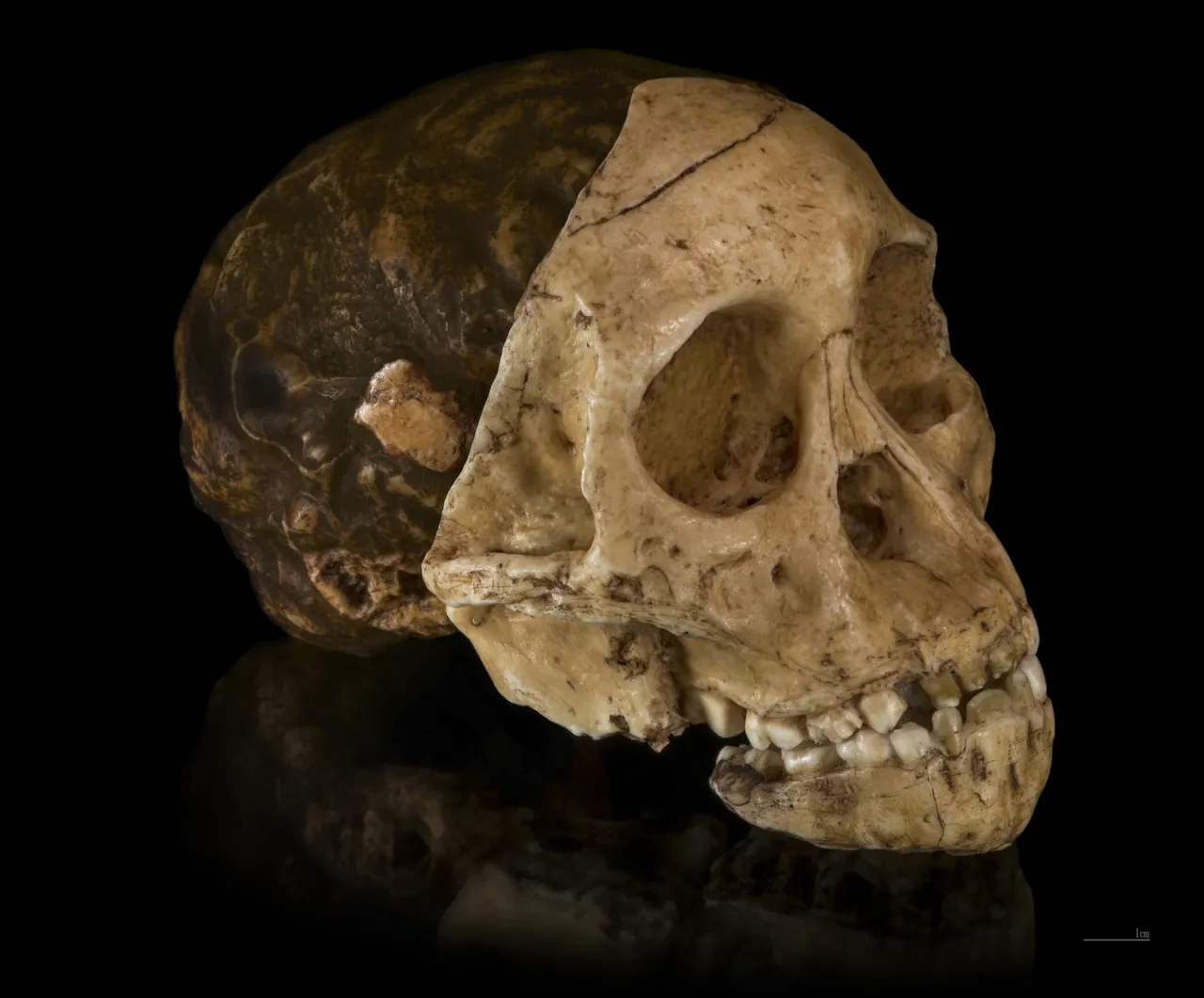The small scull examined by Raymond Dart would eventually have huge repercussions, but for now in 1924 it would very soon just cause an uproar.
He had realized what he was shown on his first visit to Taung was not a monkey scull and consulted R.B. Young a Scottish geologist familiar with the areas geology.
Young would visit the area again in November with his Eye out for further specimens. On this visit he found two bone bearing blocks that had been carried up to the mine managers office by M. de Bruyn an alert quarryman.
Young subsequently took these to Johannesburg on the 28th of November. So intrigued was Dart with these new find that he had to be reminded by the groom that he had to leave off examining so that he could perform his duties as best man at the wedding they had been preparing for.
Dart would record of the experience:
On the very top of the rock heap was what was undoubtedly an endocranial cast or mould of the interior of the skull. Had it been only the fossilised brain cast of any species of ape it would have ranked as a great discovery, for such a thing had never before been reported. But I knew at a glance that what lay in my hands was no ordinary anthropoidal brain. Here in lime-consolidated sand was the replica of a brain three times as large as that of a baboon and considerably bigger than that of an adult chimpanzee
I stood in the shade holding the brain as greedily as any miser hugs his gold, my mind racing ahead. Here I was certain was one of the most significant finds ever made in the history of anthropology. Darwin's largely discredited theory that man's early progenitors probably lived in Africa came back to me. Was I to be the instrument by which his "missing link" was found?
The face of the scull was embedded in the rock and took weeks of painstaking and careful chipping away to reveal the face of a child.

By Didier Descouens , CC BY-SA 4.0, Link
He quickly figured out that the brain of an adult would have been much larger than any living ape and that the scull attached in such a way to the spine that the owner would have walked upright.
He named it Australopithecus meaning Southern Ape. He speculated wildly and within 40 days had dispatched a manuscript to the journal Nature as well as the local press.
Once the story broke it went wild. Dart became an overnight sensation but the scientific establishment at first spurned his discovery and later vilified him.
How dare an unknown upstart from the backwaters of the British empire dare to make such great pronouncements before consulting them and how dare he imply that man evolved in Africa when their preference at the time was Asia.